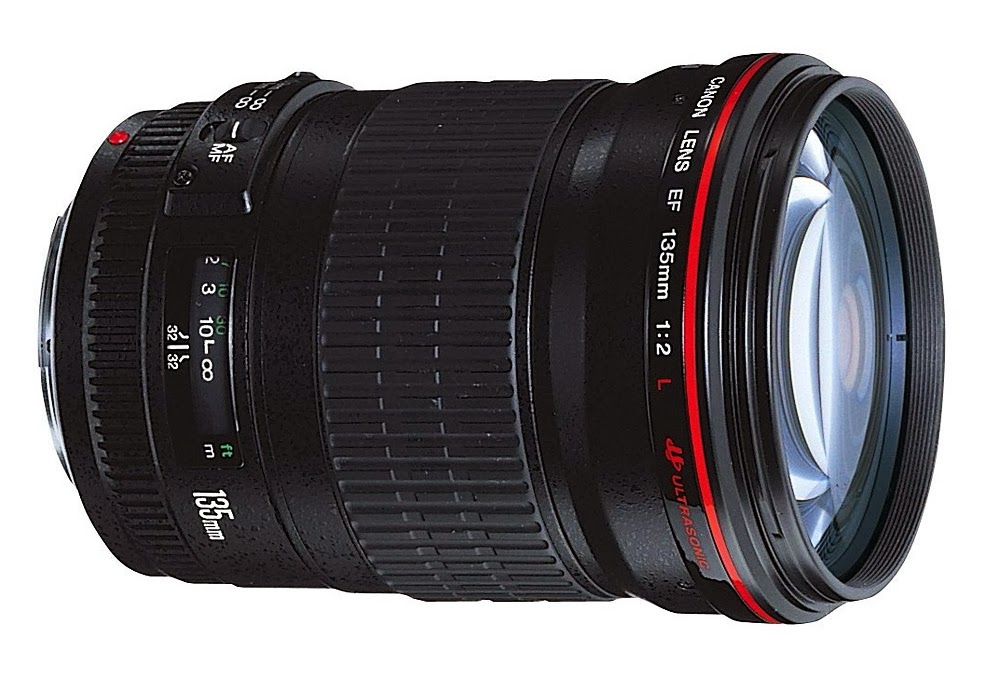London, UK, 29 January 2014 – Canon is continuing its support for budding filmmakers with the second year of its partnership with Berlinale Talents – a creative networking event for emerging film industry talent that is part of the Berlin International Film Festival. As Principal Partner of Berlinale Talents, Canon will present a number of master classes for over 300 promising talents in the film industry, featuring world-class workshops with cinematographers and the latest Canon equipment.
Taking place from February 8th-13th 2014, a series of workshops presented in partnership with Canon will offer filmmakers and industry professionals invaluable hints and tips that will help them tell their own stories. The workshops – entitled ‘Every Picture Tells a Story’ – will also provide insight into the latest developments in camera technology, with hands-on demonstrations that show how Canon products can assist production. Speakers involved in the workshops this year include distinguished cinematographers Franz Lustig (How I Live Now), Stefan Ciupek (Slumdog Millionaire), and Christopher Doyle (In The Mood For Love).
Canon will also be supporting various master classes which will see renowned Directors of Photography, including Agnès Godard, talk about their experiences and discuss how camera techniques can enhance filmmaking. The ‘Post-Production Studio’, created by Berlinale Talents collaboratively with Canon, will focus on digital workflows, from shooting and editing to colour correction and mastering for the final stages of production. Selected participants will have the opportunity to get hands on with Canon’s latest equipment, including the EOS C300, EOS C500 and EOS 5D Mark III.
For the first time, Canon will also commission a selection of short films from the Talents, to be shot on Canon’s products. The short films will be showcased by Canon, both at industry events throughout Europe and on theCanon Professional Network.
Canon will in addition support a joint initiative between Berlinale Talents and the European Film Market (EFM), which offers filmmakers further insight into the workings of the EFM, as well as allowing them to present themselves to industry professionals and build their individual networks.
“Technology and creativity is only one part of the film-making process, without a suitable network of contacts the task of getting a movie made becomes much harder,” said Kieran Magee, Director of Professional Imaging, Canon Europe. “Berlinale Talents helps filmmakers through every aspect of the process, we are pleased to support this innovative programme.”
As well as a full programme of workshops, acclaimed portrait photographer and Canon Explorer Joerg Kyas will use Canon equipment in his studio set-up to create portraits of each of the 300 Berlinale Talents 2014 participants. Canon equipment will also be used throughout the event to produce promotional reels and trailers.
Berlinale Talents runs over six days during the Berlin International Film Festival, from 8th-13th February, 2014. Eligible attendees include emerging film professionals in the first 10 years of their career, spanning all areas of the industry, including actors, cinematographers, directors, editors, producers, production designers, screen writers, distributors, sound designers and composers.
MichaelDanielHo.com


























